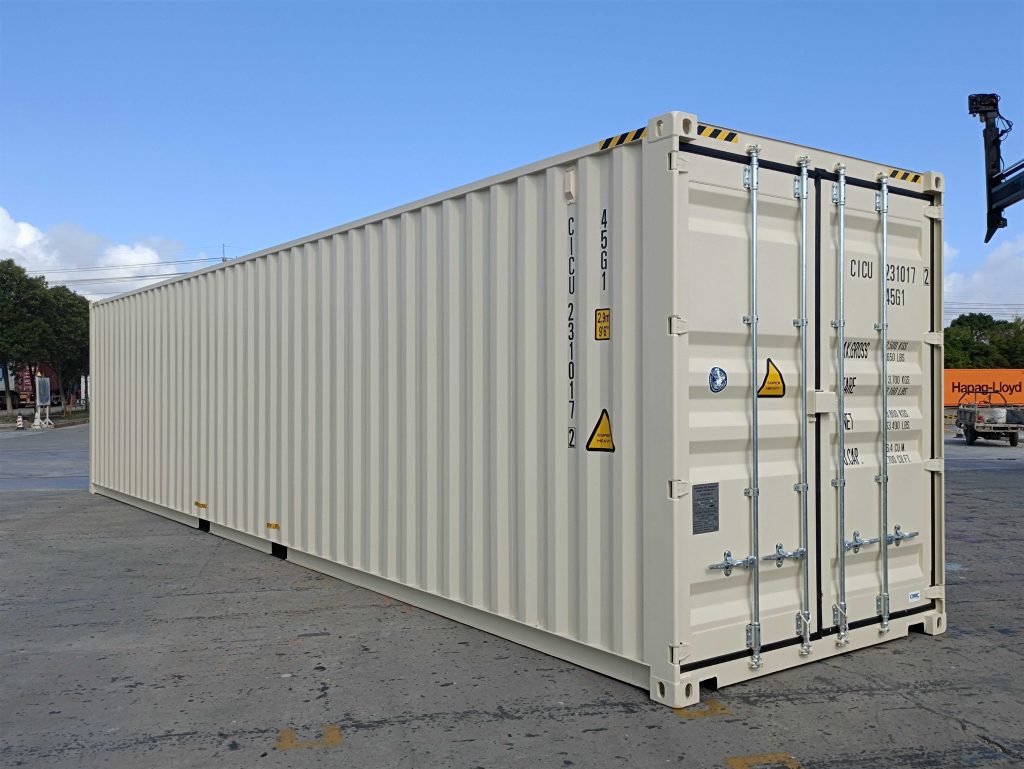The Main Problem With Shipping A 20 Foot Container, And How You Can Resolve It

Shipping a 20-Foot Container: A Comprehensive Guide
Shipping items across worldwide borders is a complex but necessary aspect of international trade, and one requirement approach for transferring a significant volume of products is via shipping containers. Among different container sizes, the 20-foot container (also referred to as TEU or Twenty-foot Equivalent Unit) sticks out for its efficiency and flexibility. This guide aims to provide an in-depth viewpoint on shipping a 20-foot container, going over crucial factors to consider, procedures included, and essential info for anyone aiming to utilize this technique.
Comprehending the 20-Foot Container
Before diving into the logistics of shipping a 20-foot container, it is necessary to understand its specifications:
| Specification | Measurement |
|---|---|
| External Length | 20 feet (6.058 m) |
| External Width | 8 feet (2.438 m) |
| External Height | 8.5 feet (2.591 m) |
| Internal Length | 19.4 feet (5.898 m) |
| Internal Width | 7.7 feet (2.352 m) |
| Internal Height | 7.9 feet (2.385 m) |
| Maximum Load Capacity | 55,126 pounds (25,000 kg) |
| Volume | 1,172 cubic feet (33.2 cubic meters) |
This standardized container is developed to enhance area and filling performance while protecting the cargo during transit. Frequently used in both maritime and road transport, the 20-foot container can accommodate different goods, from electronics to textiles, making it a preferred option for many companies.
Key Considerations for Shipping a 20-Foot Container
When thinking about shipping a 20-foot container, numerous aspects must be taken into account:
1. Destination and Regulations
The destination of the delivery plays a considerable role in identifying shipping routes, costs, and regulative considerations. Countries have their distinct import/export guidelines, tariffs, and compliance requirements. It's essential to research study these in advance to prevent unforeseen delays or expenses.
2. Mode of Transport
Shipping containers can be transferred through various modes, including:
- Ocean Freight: The most affordable technique for global shipping.
- Rail Freight: Suitable for landlocked countries or areas with rail connection.
- Road Freight: Ideal for shorter distances or last mile delivery.
3. Type of Cargo
Comprehending the nature of the cargo you are shipping is essential. Different types of cargo may have specific requirements:
- Dry Cargo: Standard products that do not require unique handling.
- Refrigerated Cargo: Perishable goods that require temperature level control.
- Hazardous Materials: Require special containers and dealing with due to guidelines.
4. Packaging
Proper product packaging of products is vital to ensure they stay undamaged throughout shipping. Aspects to consider consist of:
- Weight circulation
- Ocean, roadway, or rail vulnerabilities
- Kind of cargo being transported
5. Insurance coverage
Container shipping includes inherent risks, consisting of damage or loss of cargo. Purchasing cargo insurance coverage can secure versus financial losses due to unpredicted occasions.
6. Costs Involved
Comprehending the total expense structure for shipping a 20-foot container is essential. These consist of:
| Cost Component | Description |
|---|---|
| Freight Charges | Expense of transporting the container. |
| Terminal Handling Fees | Charges for loading/unloading at ports. |
| Customizeds Duties and Taxes | Taxes imposed at the location port. |
| Container Deposit Fee | Refundable deposit for utilizing the container. |
| Insurance coverage | Protection versus cargo loss/damage. |
Process of Shipping a 20-Foot Container
1. Reserving the Shipment
The procedure starts with booking the shipment through a freight forwarder or shipping line. Considerations during booking consist of choosing the right shipping schedule and routing.
2. Preparing the Cargo
As soon as reserved, the next step is preparing the cargo. This consists of packing the items, labeling, and ensuring all items adhere to international shipping guidelines.
3. Documents
Accurate documentation is essential in global shipping. Secret files include:
- Bill of Lading
- Commercial Invoice
- Loading List
- Export/Import Permits (if applicable)
4. Customs Clearance
Before shipping, the cargo must clear customizeds. Any required responsibilities and taxes must be paid at this moment. It's a good idea to team up with a customs broker for smooth clearance.
5. Container Loading
Loading the container correctly is important. It should be well balanced, and the cargo should be protected to avoid motion during transit.
6. Shipment Tracking
The majority of freight companies use tracking services, permitting carriers to monitor their container throughout the shipping procedure.
7. Arrival and Unloading
Upon reaching the location port, the container generally goes through custom-mades clearance before it's delivered to the customer or consignee.
Regularly Asked Questions
Q1: How much does it cost to deliver a 20-foot container?The cost differs
based on location, cargo type, and additional services like insurance. Usually, shipping costs might vary from ₤ 1,000 to ₤ 3,000.
Q2: What can fit in a 20-foot container?A 20-foot container can
hold roughly 25-28 basic pallets or about 10-12 lots of cargo, depending on the product packaging and weight distribution. Q3: How long does shipping usually
take?Shipping times differ considerably. For example, transoceanic routes might take 20 to 40 days, while domestic transport can take as low as 3 to 7 days. Q4: Can I ship harmful materials in a 20-foot container?Yes, however specific guidelines and packaging
requirements need to be followed. cogcontainersltd to notify the freight business about the nature of the cargo. Shipping a 20-foot container involves various actions and factors to consider, but with extensive preparation and the right service providers, the
process can be smooth and efficient. By comprehending the logistics, costs, and policies, organizations can successfully manage their shipping requirements and guarantee their cargo reaches its location securely and on time. Engaging the proficiency of freight forwarders and customizeds brokers can further improve the process, allowing carriers to concentrate on their core operations. In the world of global commerce, a well-managed container delivery can make a significant distinction in expanding businesses beyond borders.

